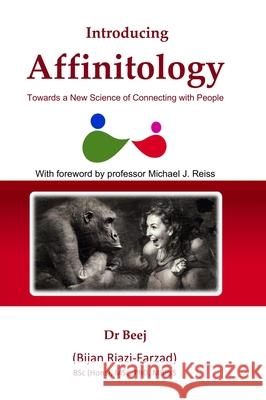topmenu
Wyniki wyszukiwania:
wyszukanych pozycji: 2
 |
Introducing Affinitology: Towards a New Science of Connecting with People
ISBN: 9781471604812 / Angielski Termin realizacji zamówienia: ok. 16-18 dni roboczych (Bez gwarancji dostawy przed świętami) |
cena:
934,89 |
 |
Why and How Toddlers Should Memorise the Times Tables: A Guide for Parents and Teachers
ISBN: 9781500994129 / Angielski / Miękka / 2014 / 124 str. Termin realizacji zamówienia: ok. 16-18 dni roboczych (Bez gwarancji dostawy przed świętami) The times tables plays a crucial role in our children's journey towards that more inspired world view that mathematical understanding bestows. As parents, teachers and/or policy-makers, we need to appreciate how important it is for children to memorise their times tables efficiently. Only when we, as guardians of all our children's futures, make the efficient memorisation of the times tables a priority, will questions about how our children memorise their times tables become a matter for scrutiny, and when they memorise their times tables become a matter of urgency. In this book, Dr....
The times tables plays a crucial role in our children's journey towards that more inspired world view that mathematical understanding bestows. As pare...
|
cena:
71,84 |










